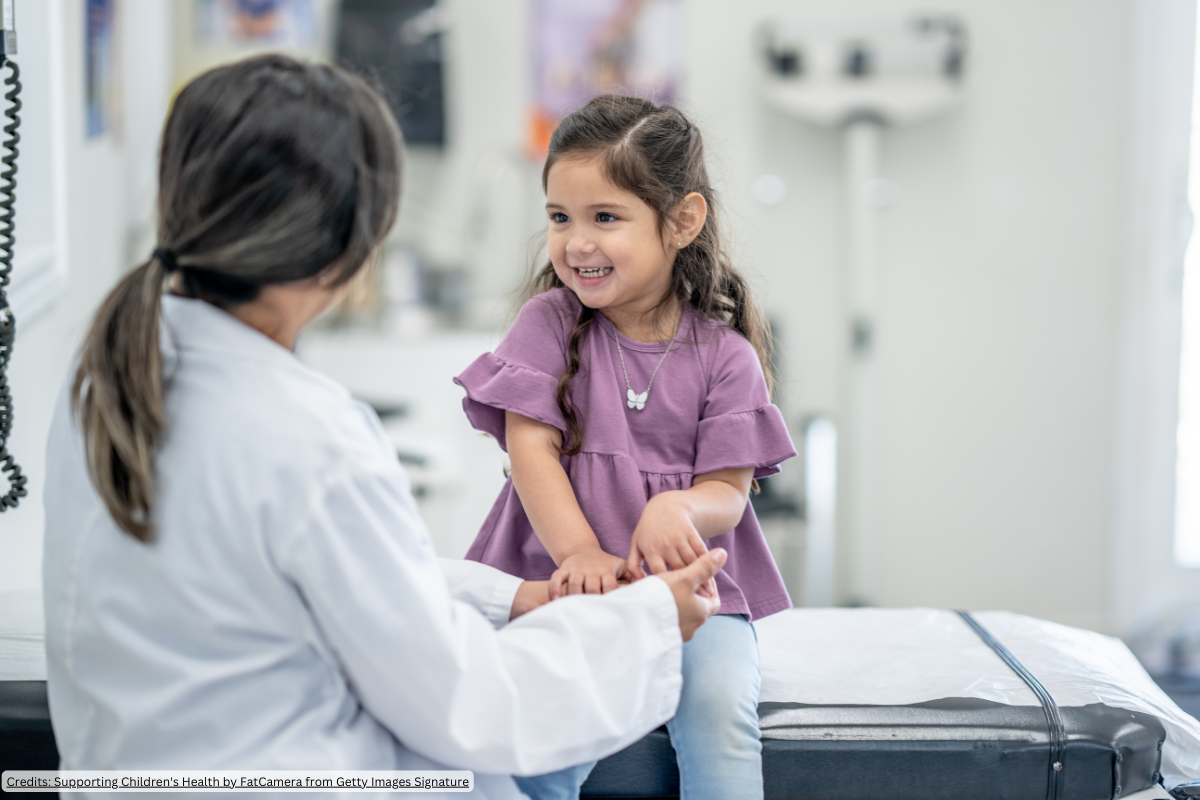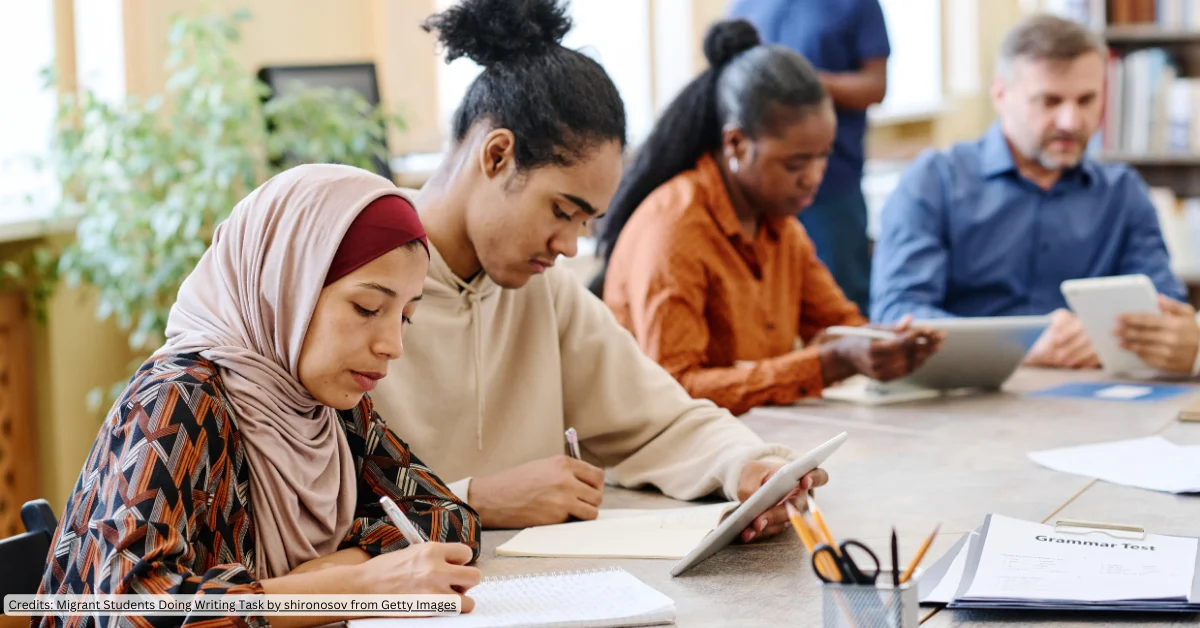AD: Before joining IFAW, I served in a number of roles. I was Chief of Party for USAID (the U.S. Agency for International Development) in Jerusalem and Morocco, as well as Acting Regional Director for the US Peace Corps in Eurasia and the Middle East. I’ve had the pleasure of helping to lead numerous projects under these roles prior to IFAW. For example, as part of the 1994 peace accords between Israel and the Palestinians, I was involved in the effort to improve administration of the Ministry of Planning, the Ministry of Finance, and the Ministry of Justice in the West Bank and Gaza Strip.
I have been with IFAW since 1997 and was tapped for my current role as CEO in 2012. I’ve been fortunate enough to lead IFAW through a period of ground breaking geographic expansion and strategic consolidation, opening offices on four continents, including our first office in the Middle East, and establishing new programmes including Wildlife Crime. I’ve had the pleasure of serving as Head of the Delegation to the CITES Conference of the Parties and directing IFAW’s successful campaign for membership to the International Union for the Conservation of Nature (IUCN). My international background and perspective have certainly given me a unique perspective on how to more effectively leverage IFAW’s role in the global conservation and animal welfare space.
2. What makes you passionate about your sector?
The UN report released early this week paints a very sombre picture of what humanity has done to the planet, to animals, and to ourselves. I will, instead, turn to good friend and mentor, Dr. Jane Goodall and her message of hope rather than despair. At IFAW have 50 years’ worth of reasons to believe it is never too late to take action. We know that every species and every habitat has the ability to bounce back, to survive and thrive.
I have confidence that our sector can succeed in our shared vision, if we make it part of our mission to inspire hope.
3. What inspired the branding?
To date, our biggest challenge has been not doing the on-the-ground work, but talking about it. We were finding it hard to convey why saving one elephant is important to a person who lives in a city of more than nine million. Or how drone technology could be used to help save marine mammals. Or how detection dogs can help us save koalas.
Yet, at the same time, it was clear to us that people care and they want to help. So, I knew it was time for a new brand and website that better connected people to the work. A brand and website that’s like us – bold, compelling and full of good stories. With this new look we stand out from others in the conservation and animal welfare space. We have created a brand that gets us in front of millennials and Gen Z and will, hopefully, persuade them to become the new environment and animal welfare advocates.
The world is at a critical juncture for animals and habitats. If they are to survive and thrive we have to ensure conservation issues remain top of mind – we need to create a movement. That is why IFAW decided to transform the way it communicates. The new brand feels different and is definitely not institutional. It is visually and editorially bold and compelling. It includes a new logo and website to drive the brand concept of “animals and people thriving together”. And it focuses on IFAW evolving into a
“digital first” organisation to reach a younger audience. This rebrand is a multi-year, cross departmental investment and has not yet concluded. Exciting developments are still to come!
4. What can Australia be doing more of in order to help support animal welfare?
There are no national laws applying to animal welfare in Australia, but all states and territories regulate animal welfare in their jurisdiction. In recent times, legislation has evolved to broaden its scope from simply prohibiting acts of cruelty to animals, to actively promoting the welfare of animals. However, in my view, the single most important change governments must make when considering animal welfare, is to recognise that the welfare of an individual animal matters as much to the health and wellbeing of the entire animal populations. Only then can we provide new solutions that allow humans and animals to co-exist and thrive together.
Recently IFAW and the University of Western Sydney undertook some research that confirmed that land clearance and bushfires are the ultimate causes of stress to wild koalas living in rural-urban areas; even more than vehicle collision, dog attacks and disease. This study was the first scientific evidence of the impact of human-induced environmental change as the leading stressor on wild koalas. We now need policymakers and developers to factor in the long term welfare of individual animals when planning infrastructure upgrades or new developments. Decision makers can no longer look at acceptable death levels or harm to individual animals during the construction phase of a development when green-lighting projects.
5. What are your biggest challenges?
Earlier this week, IPBES (Intergovernmental Science-Policy Platform on Biodiversity and Ecosystem Services) published its report on the current state of life on Earth. The report paints a picture of species extinctions, wildlife population declines, habitat loss and depletion of ecosystem services. At IFAW, we are addressing many of these issues head-on.
One of the most pressing issues facing animals today is competition for resources. As the report states – population has grown by 105% since 1970. And simultaneously, climate change has further shifted or shrunk the habitable regions of the world – for both animals and people.
The other issue continues to be killing wild animals for parts, like ivory, rhino horns, exotic food or medicinal purposes, shark fins, whale meat and pangolins. Take Elephant Populations as an example. We know that certain populations in Africa are far more threatened by poaching for ivory, than habitat loss. Others may be more threatened by habitat loss and conflict. Some face both challenges. At IFAW, we take all these factors into account and implement strategies that have lasting impact.
6. Biggest milestone?
The biggest milestone we’ve achieved in this region, was our lobbying of the Australian and New Zealand Governments to take the Japanese Government to the International Court of Justice.
March 2014 saw a historic victory that IFAW was incredibly proud to be part of. That was when the International Court of Justice delivered its long-awaited verdict on Australia’s case against Japanese whaling in the Antarctic. The decision could have gone either way, but we were part of a team that helped Australia deconstruct the pretence that Japanese whaling was for ‘scientific’ purposes.
IFAW had long championed that whales should have their day in Court and we were delighted that justice was served. Back in 2005, IFAW began investigating whether international legal action was
possible. We commissioned a series of panels of experts in international law, which looked at the issue in detail and consistently found Japanese whaling unlawful. Following these findings IFAW lobbied strongly for Australia to take on a case against Japan. Australia launched the case in 2010. This land mark case remains a reflection of the near universal abhorrence of whaling across Australia that it is one of the few issues in Australian politics that all sides broadly agreed on.
7. Where to from here?
We need to engage new audiences and start a global movement. From everyday adjustments to recurring commitments, consumers have the power to help us make a difference both now and into the future. Many times over my 22 years with IFAW, I’ve asked myself what I can do. But today, as we celebrate IFAW’s 50th anniversary, the question on my mind is, what we can do together?
This work takes all of us. Today the natural world isn’t relegated to the environment section of a newspaper or a website; it’s no longer just an issue for the passionate few to protect, defend, or consider — it’s an everyone issue. Our environment is everything — it’s business, technology, education, science, the food we eat, and the air we breathe.
This work takes parents teaching their children, and children teaching their parents, to be kind to animals. It takes communities coming together to rescue pets and farm animals in the wake of a storm. It takes shoppers deciding not to buy ivory products. It takes companies deciding not to sell those products. It takes advocates calling on their legislators to preserve animal habitats.
There are countless decisions people can make through their day that shows willingness to share the planet – from the kinds of products we buy, the holidays we take, to the ways we decide to volunteer our time.
So, I invite everyone to be an active citizen – consumption matters – Choose a few ways you can reduce plastic usage, or add a few green actions to your regular routine. But most importantly, I urge people to pay attention to policy – what happens legislatively matters.
And most importantly, open dialogues – in your communities and in your homes, open up conversations about where our world is headed, talk about the planet and what is happening to animals, as to inform others and to spread smart thinking around what might serve as creative solutions.
- Gali Blacherhttps://thirdsector.com.au/author/gali-blacherthirdsector-com-au/
- Gali Blacherhttps://thirdsector.com.au/author/gali-blacherthirdsector-com-au/
- Gali Blacherhttps://thirdsector.com.au/author/gali-blacherthirdsector-com-au/
- Gali Blacherhttps://thirdsector.com.au/author/gali-blacherthirdsector-com-au/











